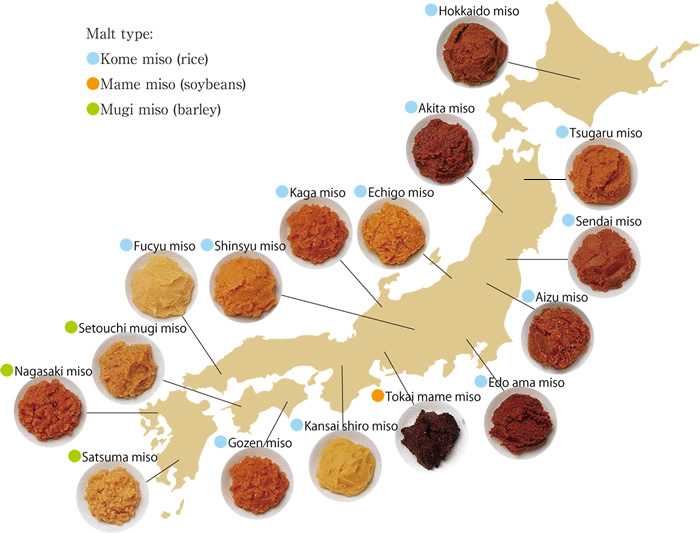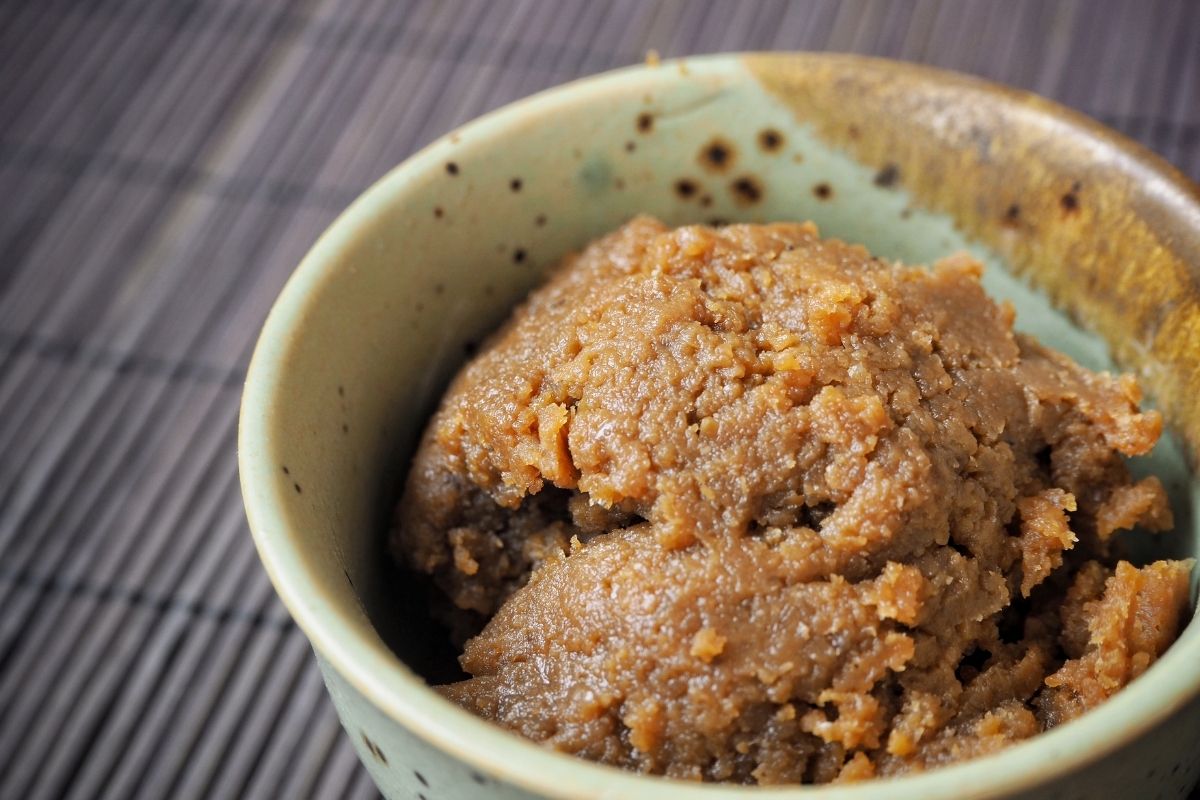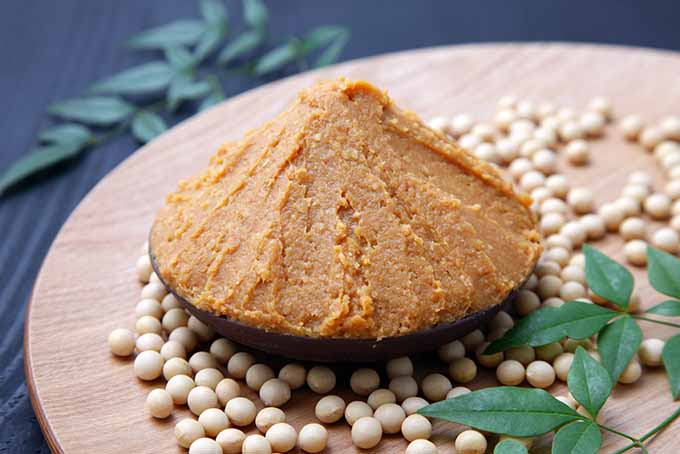

In jeder Esskultur werden sie als wesentliche Würzmittel geschätzt und alle werden mit Salz, Sojabohnen, und verschiedenen Bakterienkulturen – die Motoren des Fermentationsprozesses – hergestellt. Die Aromen variieren in den verschieden Regionen Asiens zwischen scharf, süß, und herzhaft. Da die Sojabohne schon zu antiken Zeiten kultiviert wurde und genau wie Fleisch, ein vollständiges Aminosäure Profil hat, haben die Menschen Ost Asiens schon seit langer Zeit die Vorteile der Sojabohne durch Fermentation ausgeschöpft.įermentierte Sojabohnenpaste hat diverse Formen und Namen über verschiedene Länder Ostasiens hinwegs, z.B Doujiang(豆酱) in China, Miso (味噌) in Japan und Doenjang (된장) in Korea. Diese Entwicklung zeigte sich auch in Süd-Ost Asiens auf. Durch den Fermentationsprozess werden Proteine in ihre beständigen Aminosäuren zersetzt, wodurch Glutaminsäure frei wird – die Essenz des Umami Geschmacks. Somit hat man irgendwann den Umami Geschmack entdeckt, der heute bereits als fünfter Geschmackssinn gilt, und welcher ein direktes Resultat der Fermentation ist. Miso does oxidize, so placing a piece of plastic wrap directly against the paste after each use will help prevent discoloring.In vielen Kulturen auf der Welt hat man seit Tausenden von Jahren Fleisch und Fisch fermentiert, um es länger zu erhalten. Light miso doesn't have the shelf life of the darker varieties, since it had a shorter fermentation time, and should be used in under a year. Store it tightly sealed in the original container in the refrigerator and it will keep for a year or longer. Since it's a fermented product, miso keeps very well. The fermented food adds an umami saltiness to anything from marinades to desserts. Miso is ready-to-use right out of the container, and while it is typically not eaten alone, it does not need further preparation. Be careful not to boil dishes like miso soup-too much heat will kill the active bacteria in the miso. Since miso is a cultured food, it's best to add it to long-cooked dishes at the end of cooking. Miso is a paste and can be mixed into sauces, dressings, batters, and soups. Light-colored miso is better for light dressings and sweets, while dark miso is best for long braises and stews.

Generally, the darker the color, the stronger the taste. This miso is made with a higher proportion of soybeans and salt for an intense experience.ĭifferent types of miso can often be used interchangeably in recipes but with varying results. Red or dark miso ranges in color from light brown to almost black and is fermented for longer for a stronger, funkier, and saltier flavor.

It's made with less soybean content and more grains, like white rice. White or light miso (sometimes called sweet miso) can be light beige to yellow in color and tends to be lighter and sweeter in flavor thanks to a shorter fermentation time. Some miso is labeled awase, which is a mixture of more than one kind of miso paste. Miso imported into the United States is typically divided into two main categories: light or white miso and dark or red miso. These factors can be influenced by the ingredients, length of fermentation, and the conditions under which the miso is kept. There are more than 1,000 types of miso, ranging in texture, flavor, and color. Depending on the variety, miso can be smooth or chunky and is fermented anywhere from a few weeks to several years.ĭistinctly salty and funky, but some light misos are also sweet. The paste, similar in texture to peanut butter, is typically a cultured mixture of soybeans, a grain (like rice or barley), salt, and koji (a mold). Miso is a key ingredient in Japanese cooking and forms the base of the staple dish, miso soup.


 0 kommentar(er)
0 kommentar(er)
